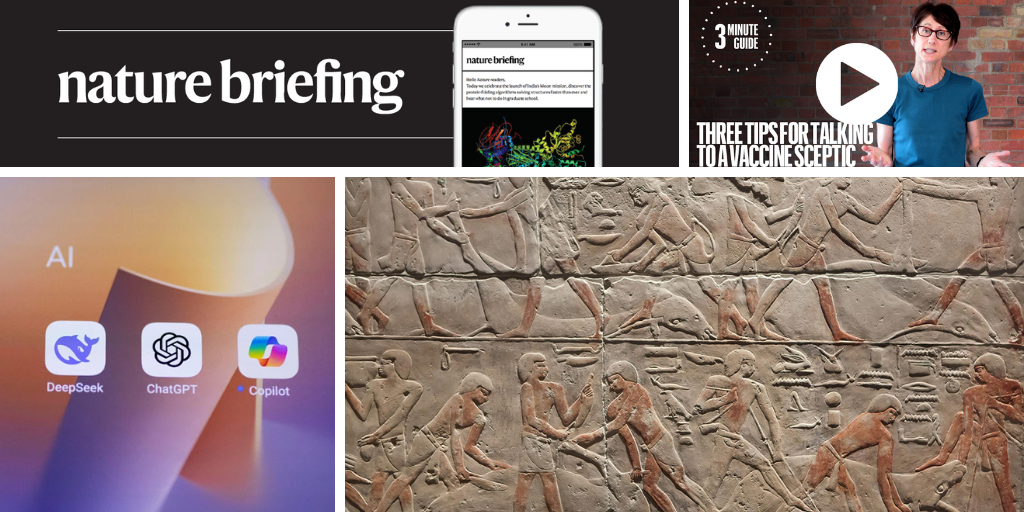
"Teeth from the remains of an elderly man who lived approximately 4,800 years ago have yielded the first full human genome sequence from ancient Egypt. The genome reveals ancestry similar to that of other ancient North Africans, as well as to people from the Middle East."
"A young exoplanet called HIP 67522 b orbits its host star so tightly that it's slowly destroying itself. When these bursts of energy hit the star, they trigger a flare that fires a huge dose of radiation back at the planet."
"Climate change is having a significant impact on the iconic moai statues on Rapa Nui. The effects are damaging and altering these historical landmarks."
The first full human genome sequence from ancient Egypt was obtained from teeth of a 4,800-year-old man, revealing ancestry connections to ancient North Africans and Middle Easterners. Previous DNA sequencing attempts from mummies yielded mixed results. The remains were interred in a ceramic pot, indicating a status that was high but not elite. Additionally, a young exoplanet is experiencing destruction due to its extremely tight orbit around its host star, releasing waves of magnetic energy that erode its atmosphere. Climate change is also significantly damaging the moai statues on Rapa Nui.
Read at Nature
Unable to calculate read time
Collection
[
|
...
]